
The importance of proper acoustics
Through evolution we react to loud noises with increased alertness, often subconsciously. This is how our body warns us for potential danger. This reflex makes it hard to concentrate in a loud environment, for example when working or holding a conversation.
Due to our natural reaction, unwanted sound reverberation is a common source of discomfort that (unknowingly) affects our well-being. At the same time, sufficient silence is indispensable to rest and relax. When improving acoustics, the space is fitted with sound-damping material, which absorbs sound reverberation and reduces noise.
Pitch and loudness
Sound consists of vibrations. Our ear catches these vibrations and our brain translates them into sound. The number of vibrations per second determines the pitch of a sound, also called frequency, and is expressed in hertz (Hz). Volume indicates the strength of a sound, i.e. its loudness. Volume is expressed in decibels (dB).

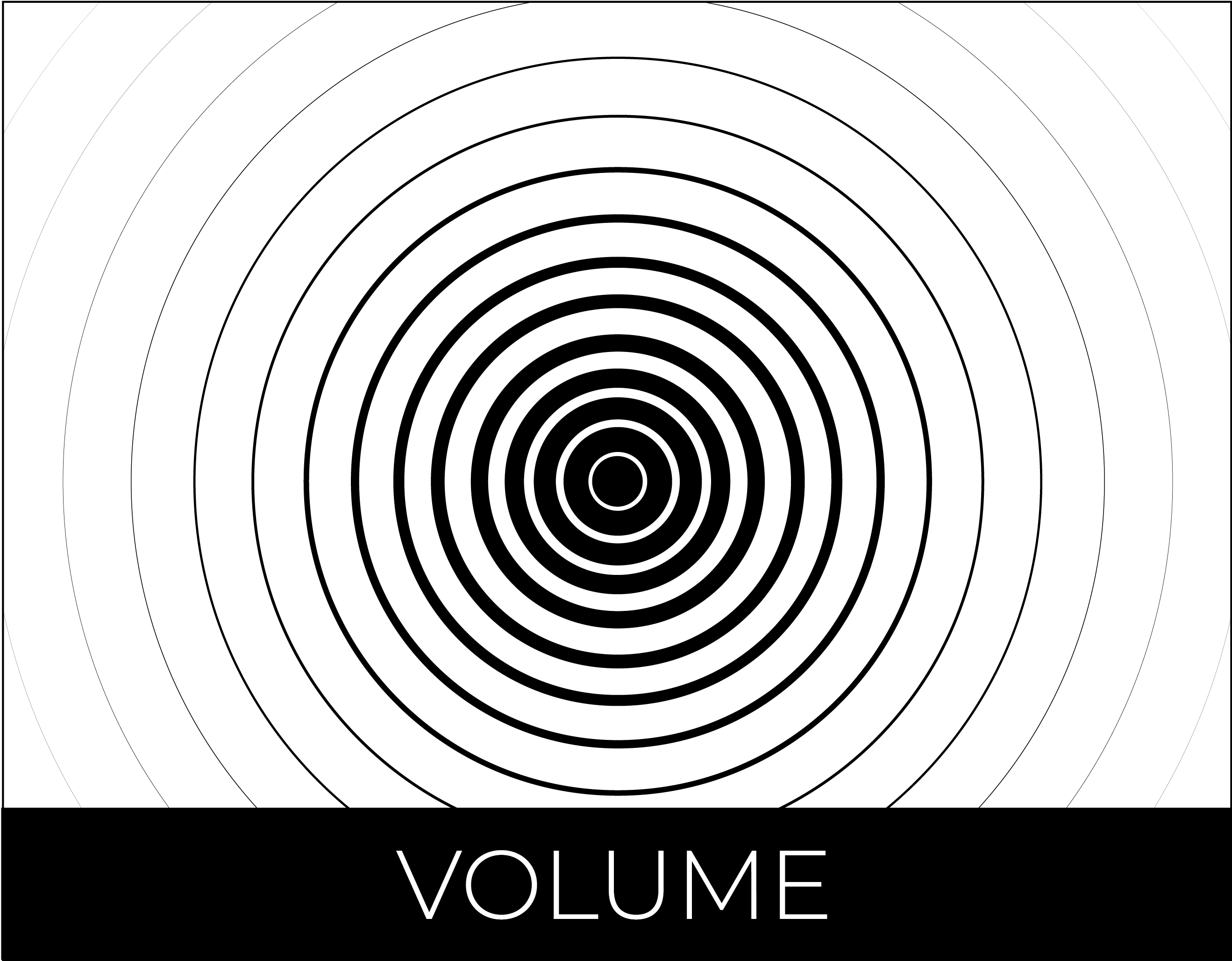


The frequency range of our hearing
The more vibrations per second, the higher the pitch we hear and therefore its frequency. Our hearing perceives tones within a frequency range of 20 to 20,000 hertz. However, most background noise has a pitch between 100 and 5,000 hertz.
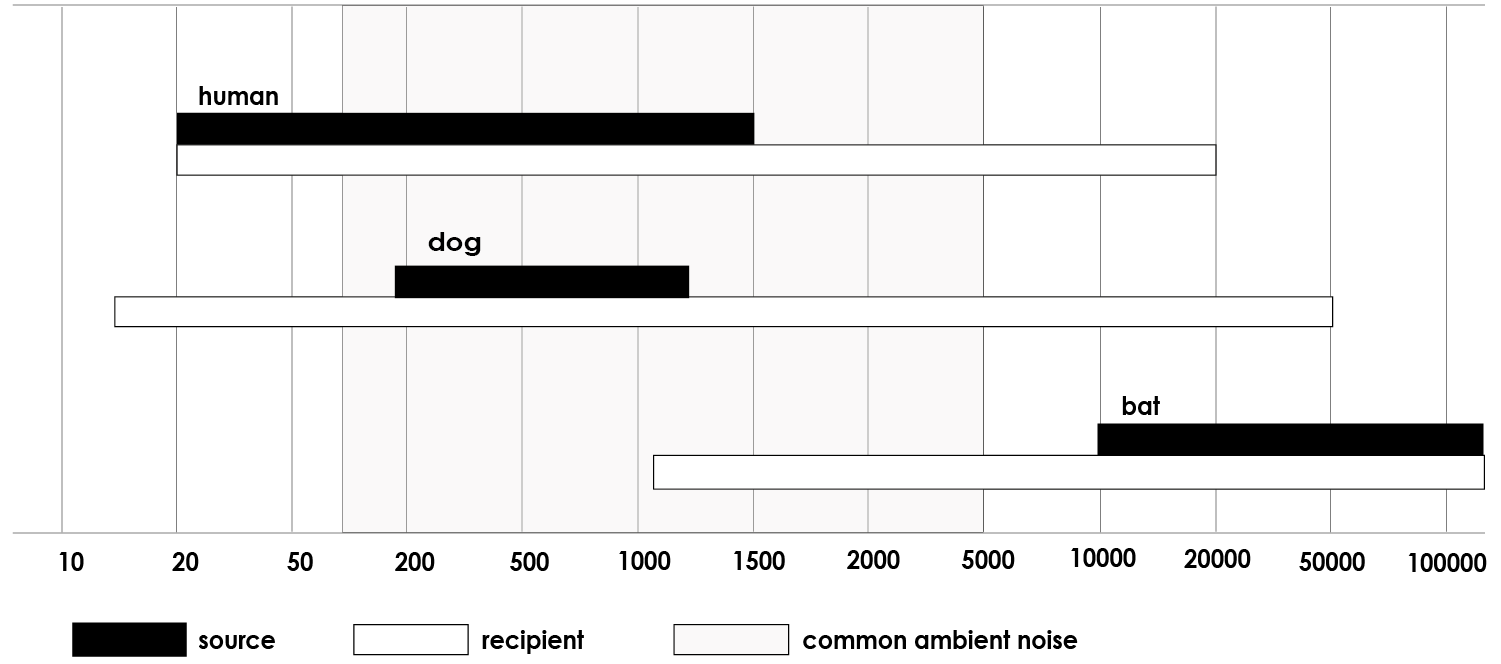
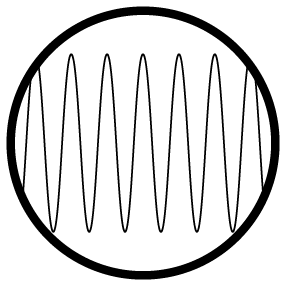 |
High frequencies Short waves 250-2500 Hz | e.g. ringtones |
|
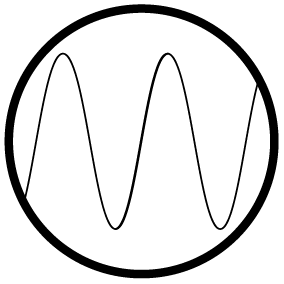 |
Middle frequencies Medium waves 250-2500 Hz | e.g. speech |
|
 |
Low frequencies Long waves 50-250 Hz | e.g. ventilators |
“It is important that the sound absorbing quality of an acoustic solution lies within the frequency range causing discomfort and distraction”
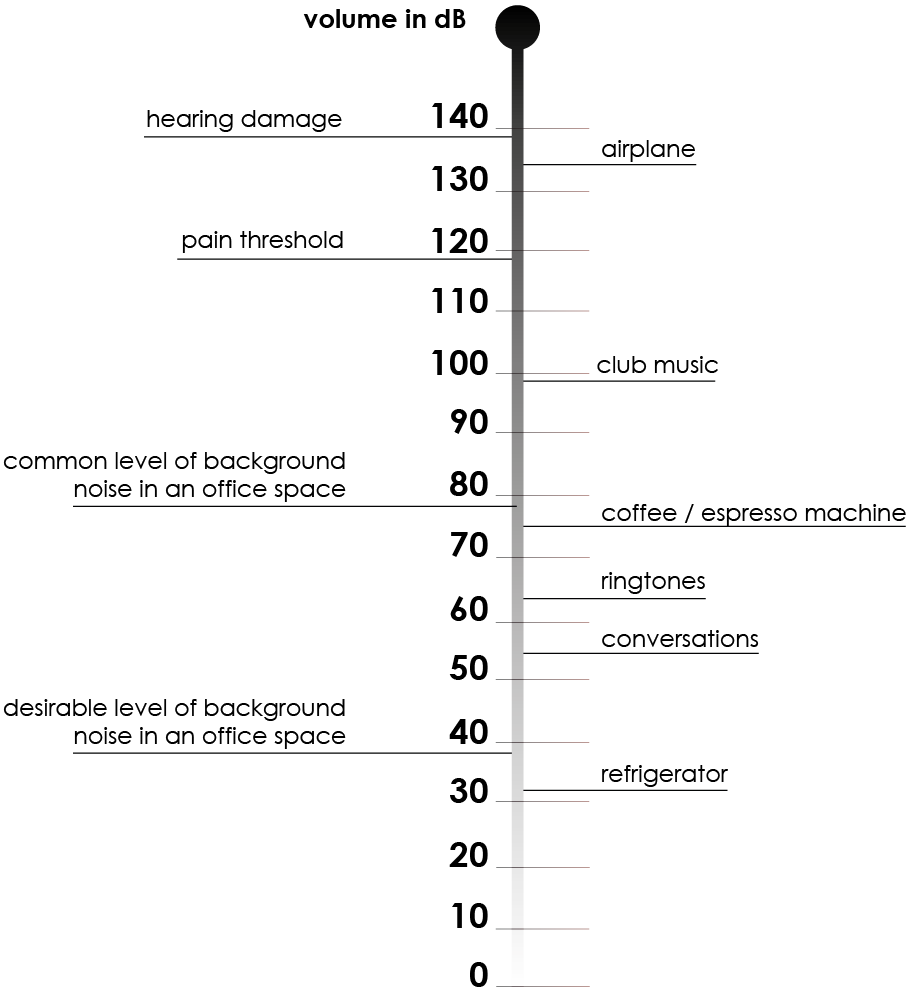
A comfortable sound level
The human ear can handle a sound volume of up to 140 decibels. However, the pain threshold is as low as 100 decibels. In an office environment, background noise often reaches a level of 60 – 80 decibels, where a sound level of 45 decibels is recommended.
A comfortable sound level
The human ear can handle a sound volume of up to 140 decibels. However, the pain threshold is as low as 100 decibels. In an office environment, background noise often reaches a level of 60 – 80 decibels, where a sound level of 45 decibels is recommended.


Reverberation time and RT60 test
Reverberation time is the time it takes for a tone to fade away. A RT60 test measures reverberation time by clocking how many seconds it takes for the volume of a test sound to decrease by 60 decibels.
There are several factors that affect reverberation time, such as the type of furnishings and the air temperature. Adding sound absorbing material reduces the reverberation time in a space. However, to get the best result, it is crucial that the absorption characteristics of the material used corresponds to the frequency range of the noise causing annoyance.
The desired reverberation time depends on how the space is used. For an office, the legal standard is the Netherlands is 0.8 seconds. For meeting rooms, however, a reverberation time of around 0.4 seconds is usually pursued.
The sound absorbing quality of our collection
In sound absorption, the energy of sound waves is partially ‘captured’ in absorbent material. The degree of absorption is determined by the material, shape and surface structure of the acoustic solution applied.
Our collection is designed to solve acoustic problems that arise within a space, such as disturbance from speech, a printer or an espresso machine. Each luminaire has a very powerful sound absorbing quality within the frequency range of common sources of noise, thus making them extremely effective.
The benefits of acoustic luminaires at a glance
The acoustic luminaires bring the absorbing material much closer to the source. This reduces reverberation, while speech intelligibility is maximized
Maximized acoustic effectiveness due to the layered design of each luminary
Cost efficient due to the multifunctional design, combining the acoustic properties of sound absorbing foam and lighting
The luminaires hang freely, allowing sound absorption from all sides

